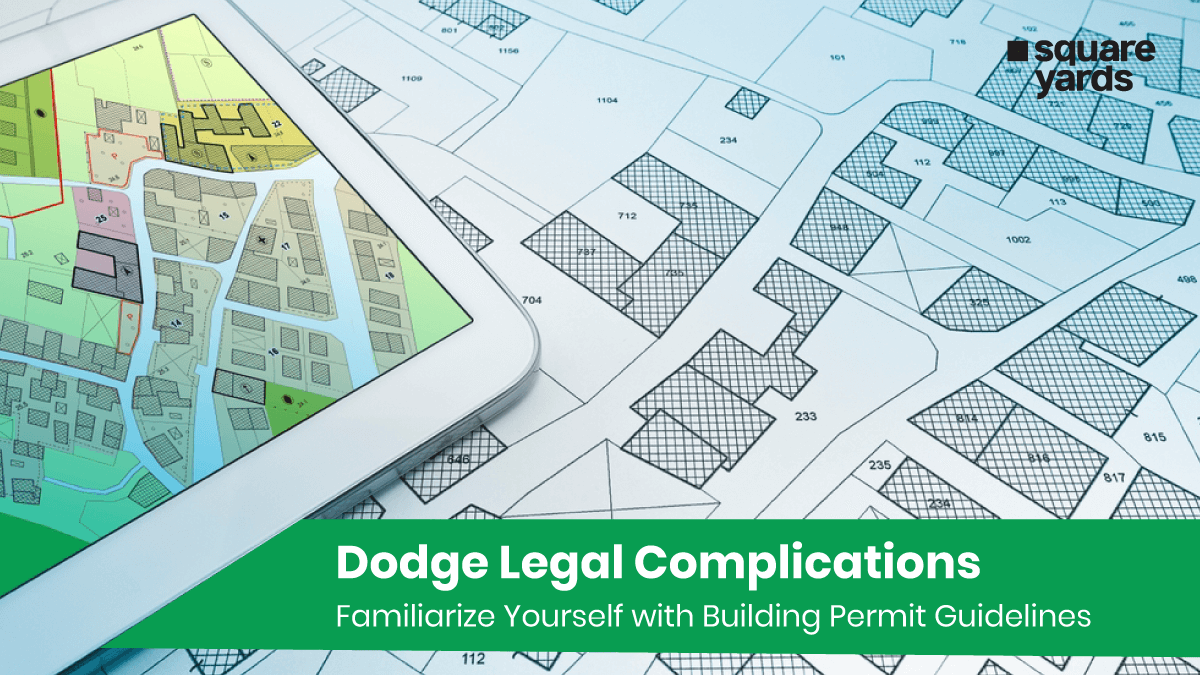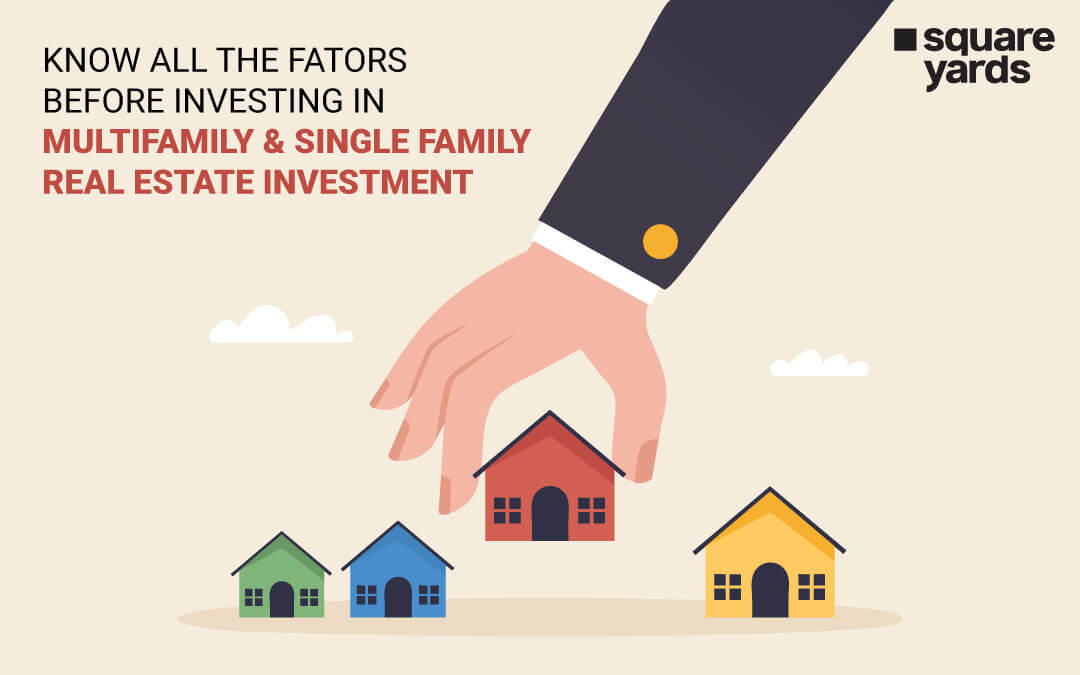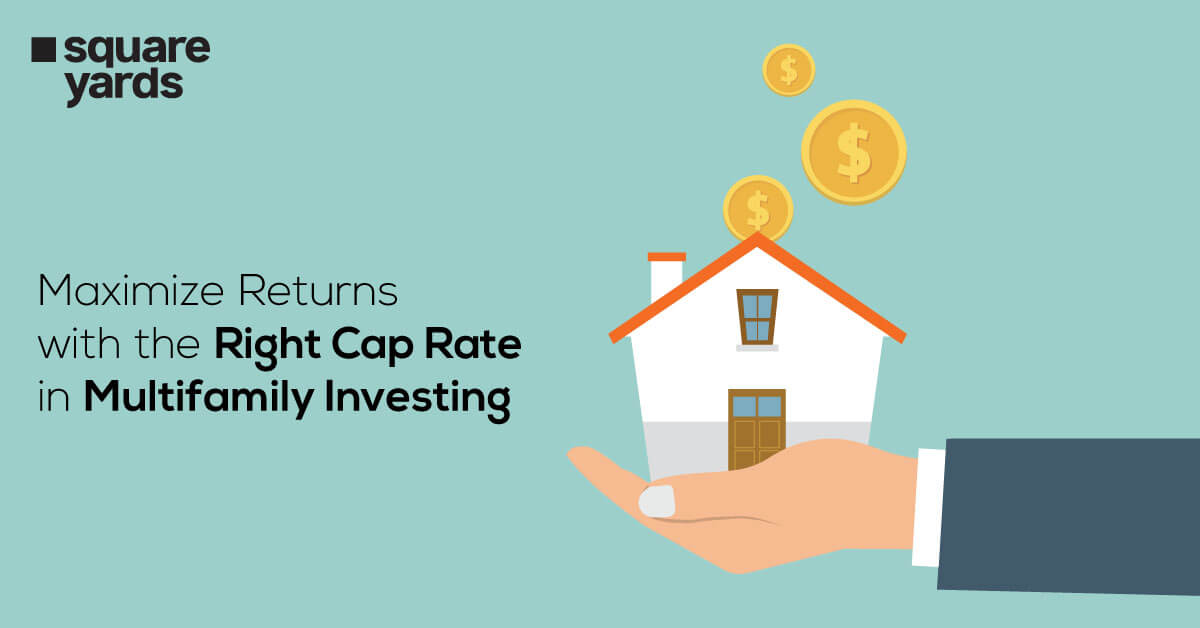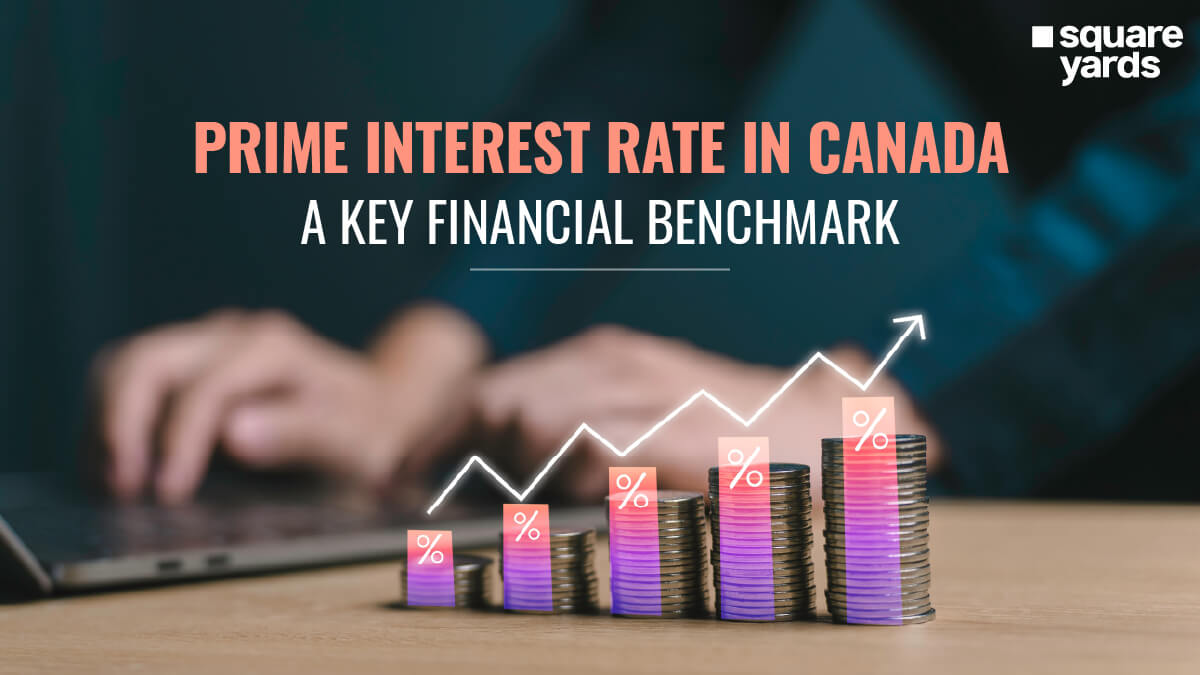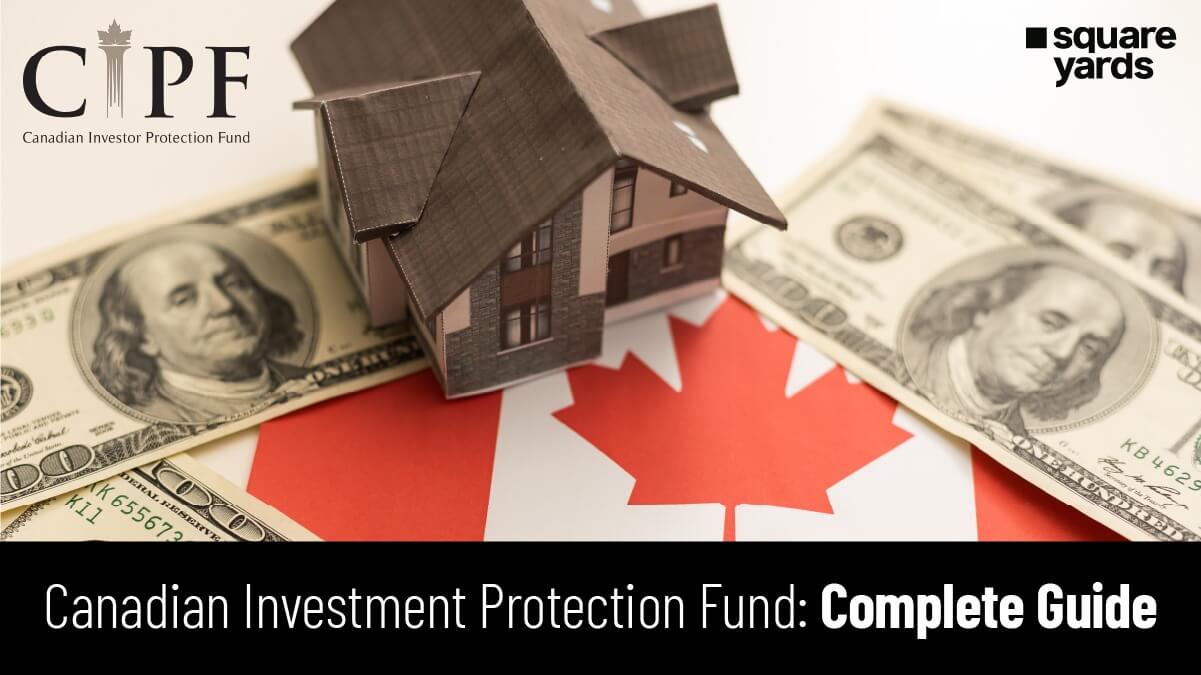Having a well-rounded view of where the real estate Hamilton-Burlington market might be headed as we approach 2025 is important. Experts consider several key factors when assessing the trajectory of real estate markets. These include economic trends, interest rates, demographic shifts, and local developments, all significantly influencing market dynamics. The future for Hamilton-Burlington real estate, a region that has grown and changed a lot in the last ten years, looks promising but at a slower rate. Being near Toronto and the U.S. border is good for the economy, as it attracts both businesses and residents, helping the housing market interest rates grow. Like many parts of Canada, it is affected by national economic trends, such as policy changes and interest rates set by the Bank of Canada.
As millennials seek affordable living options and older generations aim to downsize, we may see increased demand for different housing markets. The options range from condos to detached residences. The improvements in Hamilton’s downtown and Burlington’s real estate charm for families will likely continue to attract attention. Now, Let’s hop onto some essential information to provide proper insight into the Canadian housing market.
A Look at the Hamilton Housing Market
The Hamilton-Burlington housing market interest rates have seen varied trends throughout 2024. The year started with high interest rates and economic uncertainties affecting the market, which caused home sales to slow down in the spring. Later in the year, as interest rates eased, sales improved noticeably, but they still fell short of long-term trends. This situation helped some homebuyers join the Hamilton-Burlington housing market, benefiting from a wider choice of homes and better prices.
New and active listings have seen an uptick across real estate in Hamilton and Burlington, indicating a more balanced market. Specifically, new listings in Hamilton Housing rose by 12.6%, while Burlington saw a modest increase of 0.6%. This shift has contributed to a rise in months of inventory, suggesting a transition toward a buyer’s market in some aspects despite the general price increases in the region.
Here’s a detailed table that reflects key Hamilton-Burlington housing market indicators in 2024:
|
Metric |
Hamilton |
Burlington |
|
New Listings |
1,053 (up 12.6%) |
334 (up 0.6%) |
|
Active Listings |
1,386 (up 31.3%) |
385 (up 27.1%) |
|
Months of Inventory |
2.3 months (up 41.2%) |
1.7 months (up 33.7%) |
|
Average Days on the Market |
26.7 days (down 2.7%) |
20.3 days (down 9.4%) |
|
Average Price |
$862,462 (up 3.9%) |
$1,144,260 (up 9.4%) |
Annual sales volumes also reflect this dynamic. There were 10,159 residential sales in 2024, a slight increase over the previous year. Despite this, total home sales were somewhat subdued compared to historical averages.
An Insight About the Hamilton-Burlington Housing Markets in 2024
Recent data and forecasts provide several key insights into the Hamilton-Burlington housing market for 2025. The market experienced fluctuations throughout 2024, and this trend appears set to continue into 2025, with some stabilisation expected. While overall average prices have increased modestly, this trend will continue into 2025. For instance, by November 2024, the average resale price in Hamilton Housing had increased by 1.7% year over year to $817,900. The steady price increase is supported by a balanced market, shown by a sales-to-new-listings ratio (SNLR) of 58%. This indicates that the market is neither favouring buyers nor sellers.
Inventory levels are on the rise, reaching their highest in three years, which could help moderate price increases. The increase in supply is partly due to a notable uptick in new home completions, although new construction starts are beginning to slow. This may create a better balance between supply and demand, especially as new, larger apartment designs are introduced to match changing buyer needs. Despite these trends, challenges persist, especially for first-time buyers, due to the ongoing affordability issues. The average price of a standard condo apartment is still too high for median-income families unless they receive major financial help. It could be like gifts from relatives or inheritances.
Looking ahead, the Hamilton-Burlington area’s market conditions are poised for increased activity. Especially as recent interest rate cuts by the Bank of Canada and relaxed mortgage restrictions improve affordability and could spur more buyer engagement in early 2025.
How Much Will the Interest Rates Rise/ Fall?
For 2025, Canada is likely to see interest rates drop, but this will occur more gradually than it did last year. The Bank of Canada made big cuts in 2024, totalling 1.75 percentage points. It is expected to keep reducing the policy rate, but the adjustments will be smaller and more thoughtful. By mid-2025, it’s anticipated that the overnight rate might settle between 2.00% and 3.00%, contingent on ongoing economic conditions and inflation metrics. Although interest rates are heading lower, the reductions will be limited. The aim is to support the economy while keeping inflation in check.By reducing rates at a slower pace, the Bank of Canada is shifting its strategy. They plan to monitor economic data carefully and modify their monetary policy as necessary.
This suggests that variable-rate loans might drop even more, making them look better than fixed-rate loans. Fixed rates will likely stabilise as bond yields match the slower interest rate cuts. Interest rate changes will likely shape the housing market, consumer borrowing, and saving approaches in 2025. A gradual rate drop might reduce mortgage payments and promote more housing market activity. Yet other economic challenges could still affect affordability.
Conclusion
The housing market in Hamilton-Burlington is expected to grow slowly in 2025, driven by population changes, economic factors, and a planned decrease in interest rates. The area is likely to keep growing, thanks to its closeness to important centres and changing city environment, but at a slower rate than in past years. Home prices will likely rise consistently, thanks to a balanced market that does not favour either buyers or sellers. Inventory levels are at their highest in three years, suggesting a move towards a market favouring buyers. However, first-time buyers might still struggle with affordability. The recent cuts in interest rates and relaxed mortgage rules may lead to more market activity, making early 2025 look good for potential buyers.
The Bank of Canada is carefully changing its policies, suggesting that interest rates will gradually decrease until 2025. This aims to support economic stability and control inflation. As rates gradually fall, mortgage payments may decrease, possibly lifting the housing market despite ongoing economic issues.
Recommended for you :
|
Navigate Canada Housing Market Predictions |
|
|
Know The Housing Market in Toronto |
|
|
Guide To Ottawa Housing Market |
|
|
Pros And Cons of Buying House in Oakville |
Summing Up
The real estate market in Hamilton and Burlington depends on various factors such as housing market interest rates, prices, mortgage rates, inflation and government policies. It is important to note that there are some external factors as well which affect the real estate market. As a prospective buyer/ seller, one should be aware of the market trends to make informed decisions. Therefore, consider looking at some predictions about the possible condition of the real estate market in 2024. This way you can be prepared for the worst or the best.
Frequently Asked Questions (FAQs)
Are housing prices dropping in Hamilton?
Yes, housing prices for semi-detached homes have reduced in Hamilton. However, there has been an increase in the price of detached houses.
What is the average price of a house in Burlington, Ontario?
The average price of a house in Burlington Ontario is around $1.14-$1.15 million.
What will the housing market look like in 2024 in Canada?
The housing market in Canada might see some trends like higher interest rates in early 2024 followed by an increase in housing prices by the second half of 2024.
What is the housing forecast for Ontario 2024?
The housing prices in Ontario can increase by over 6%. It is also believed that the prices will remain unchanged in the first half of 2024, followed by an increase in the second half.













